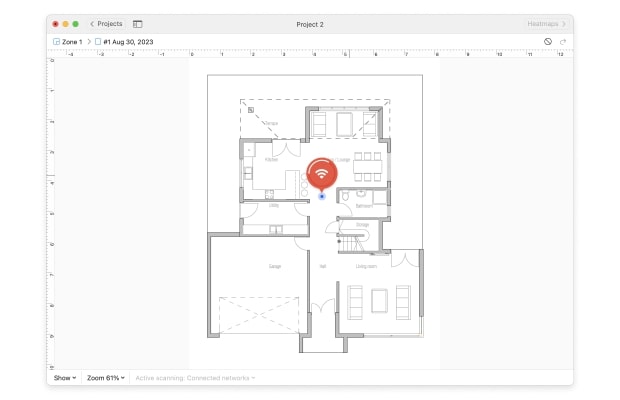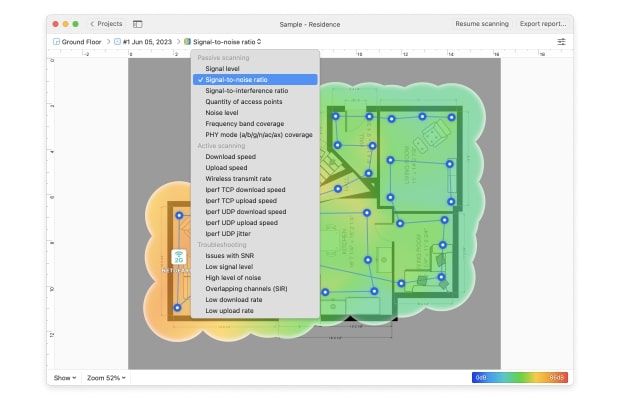WiFi Deployment Stages
All WiFi deployments can be divided into three basic stages:
1. Gathering Requirements
Despite not being technical in nature, requirements gathering may be the most difficult part of deploying WiFi networks. When multiple stakeholders are involved, it doesn’t take much for requirements to start conflicting with one another, especially if they are vague.
Make sure to properly document all requirements so you can come back to them later and easily change them if needed. Request a floor plan or create one yourself and gather as much documentation about the building or area that requires WiFi.

2. Solution Design
With all requirements and supporting documentation gathered, it’s time to come up with the most suitable solution. Some of the most important considerations that need to be made when designing a WiFi network include the size of the physical location, intended use of the WiFi network, expected number of connected devices, building age and construction material, and network performance.

It’s always recommended to conduct a WiFi site survey and create interactive heatmaps with detailed information about all surveyed wireless networks to reliably asset a potential WiFi coverage and plan the solution perfectly.
